Topmost Tourist Attractions to Visit in Gabon
1. Libreville
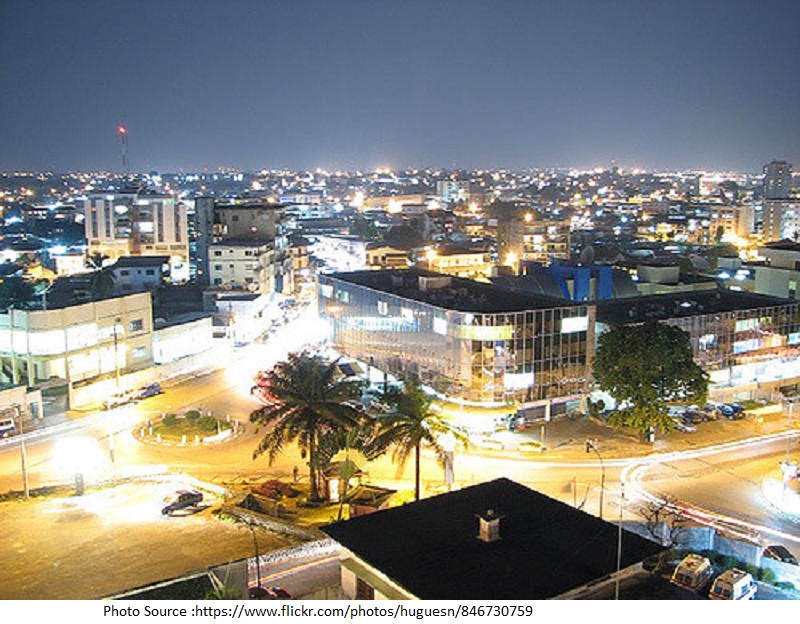
Nearly one-third of Gabon’s residents live in Libreville. It is Gabon’s capital city and the sole real city to speak of. Because of an inflow of oil money, you’ll find paved roads, neat and clean streets, amazing restaurants, stunningly good French wine, casinos, and gated communities. Not quite like its African neighbors but Libreville’s establishment has a resonant African heartbeat full with the populous, chaotic, and oh-so-fun markets, close-knit communities, and fantastic coastline. Established in the mid 19th century by released slaves (Libreville means ‘Freetown’ in French), the city began to flourish slowly and drew a good variety of people – making a modern day liberal town. Besides the markets, visit the National Museum, the Presidential Palace, L’Eglise St-Michel (St Michael Cathedral), and the Musée des Arts et Traditions du Gabon to get the real taste of Gabon. When you’ll need relaxation, find a tiny spot of beach like Ekwata Island and enjoy a sunbath there.
2. Akanda National Park

Internationally famed as the nesting ground for one of the biggest populations of guest birds, Akanda National Park is the home of 25% of preserved mangrove in total Africa. The Bantu clan believes that the Mondah forest, within the park, is a holy place where many of their myths and fables were formed. This is also a fabulous spot for water sports, fishing, and locating dolphins and whales. Surely you have to visit Leatherback Trove where the Ministry of Water and Forest partner with the Gabon Sea Turtle Partnership to educate teams to record illicit fishing near the coastline to preserve the leatherbacks – whose population has reduced by 90%.
3. Mayumba National Park
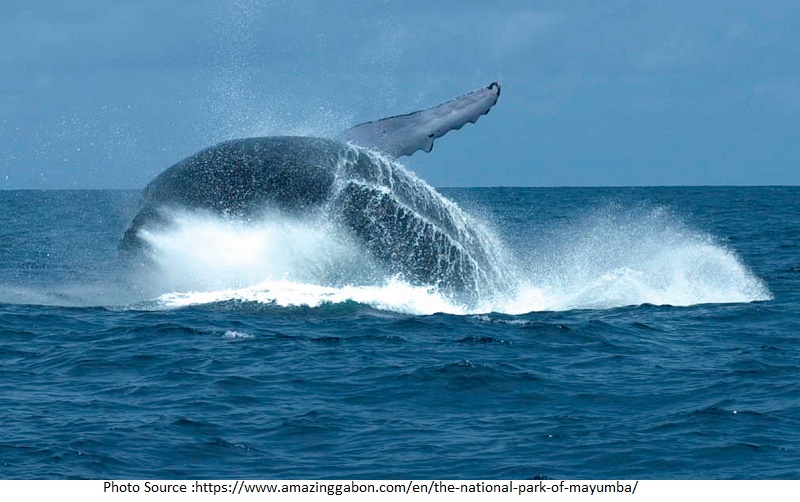
This park is located near to the border of the Republic of Congo and is the sole primarily marine park. It’s a narrow strip of land that contains savanna, sand dunes, beaches, and rainforest. About 60km of this slice is reserved leatherback turtle nesting beach. There’s a great chance that you’ll find the barnacled whales, sea turtles, dolphins, antelopes, leopards, hippos, crocodiles, monkeys and naturally elephants. Local people will tell you that this region is defended by the spirits of the predecessors.
4. Minkébé National Park
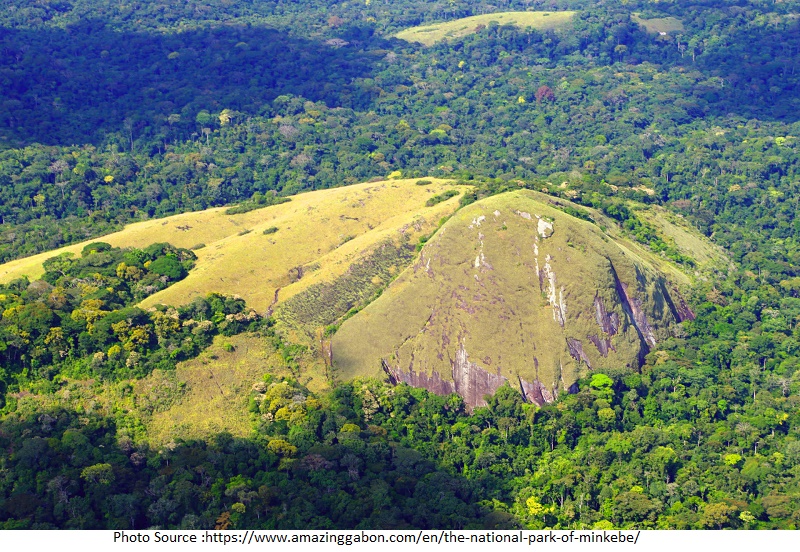
Visiting Minkébé is a bit tricky, but well worth the endeavor. It is one of the more inaccessible parks on earth. The World Wildlife Fund (WWF) is working in the area to elevate protection attempts. The park houses gorillas, elephants, leopards, cheetahs, and several traditional ethnic groups. WWF emphasizes on substitute forms of earnings for the local people – including skillful endeavors. According to the WWF report, the elephant population here is possibly the biggest in total Africa. Few species in the park are on the International Union for Conservation of Nature (IUCN) Red List. When you visit you’ll meet with the Kwèl and Kota ethnic groups and will learn about their lifestyle within the park. You will be able to know also about the jungle spirit named the Baka Edzengui, the Kota mask, and the Kwèl Deke dance.
5. Lambaréné
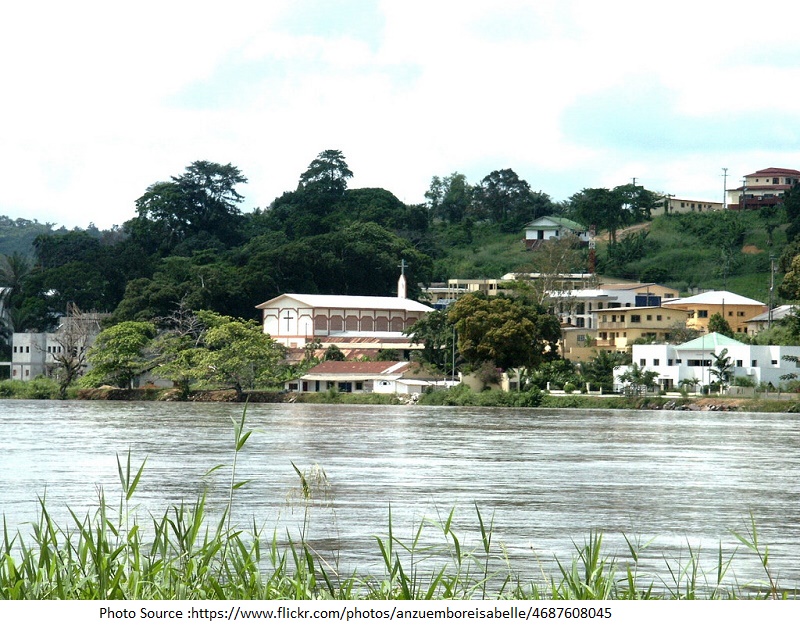
Lambaréné is a town some 75 kilometers away from the line in the Central African Rainforest. Albert Schweitzer made this place famous when he established his hospital there in 1913. Today, the Bantu ethnic groups claim this city as their home. This city is mainly a fishing town but it’s also a good place for visitors for relaxation. They can also experience the local life in Gabon. You can visit the hospital and watch the extraordinary work being done.
6. Lastoursville
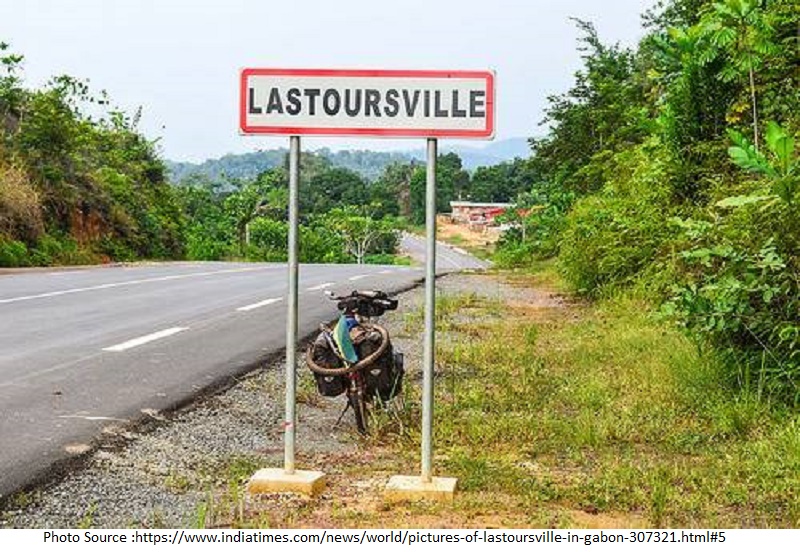
Lastoursville is well known by the name Lozo among the locals. This sleepy little town stands on the banks of the Ogooué River. This town itself is not extraordinary but its neighboring areas are amazing. First, come nature hikes out to Boundji Waterfalls – wonderful and peaceful. The topmost fascination is indisputably the caves near Lastoursville – just an hour’s walk from the center of the town. They were entitled as a UNESCO World Heritage Site in 2005. The latest expeditions have listed over three miles of unknown subterranean cave.
7. Réserve de la Lopé
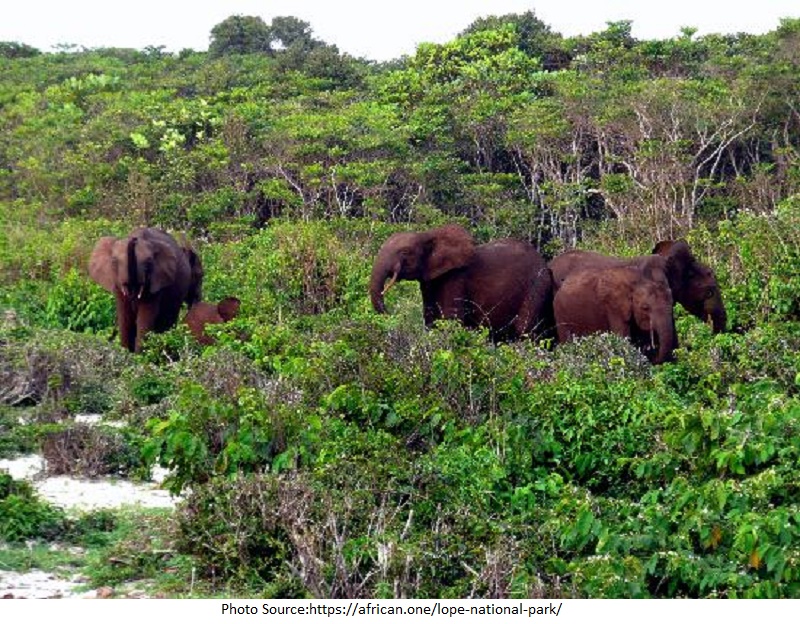
Réserve de la Lopé is precisely located on the equatorial. It contains savannah, rolling hills, and rainforest where you will probably locate buffalo, elephants, gorillas, and mandrills. This national park was actually a reserved area established in the 1940s after the Okanda Wildlife Reserve was created. It’s now a listed UNESCO World Heritage Site. You’ll find an experiment site there conducted by the Zoological Society of London. You can reside there and be less than five meters from the rainforest at all times.
8. Point Denis

Point Denis is well known mainly because tourism hasn’t flourished there yet. Though it’s a rapid boat ride from Libreville, it looks like otherworldly. The beach stretches over several kilometers and ends where the Pongara National Park starts. The calm town has wonderful restaurants, tiny boutique hotels, and great water sports opportunities. On the western side of the island, you’ll find none but locals and a wilder shoreline. It’s such a place where you’ll instantly know that you’re close to equatorial forests. If you’re looking for seclusion and long walks with fantastic scenery, Point Denis should be on your list.
9. Port Gentil
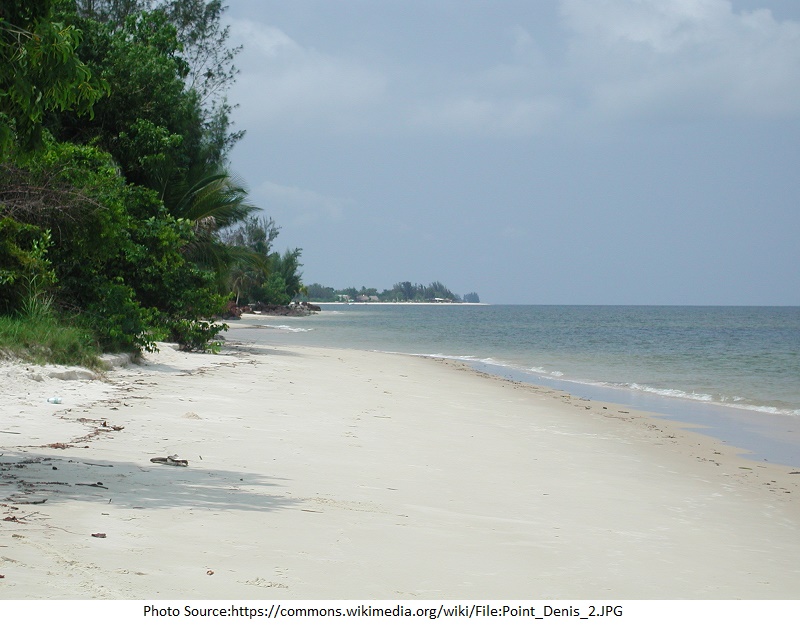
The second biggest town after Libreville is Port-Gentil (some of the locals call it Mandji). This port city is the center of the country’s wood and petroleum business. And given its roots as a customs station and base camp for colonial exploration into the country, it’s easy to see how the town has flourished into its current commercial state. Situated on Mandji Island, it isn’t joined to the mainland by road. Port-Gentil is not only eminent for its industrial sector but also famous for the nightlife and casinos. During the day time, be sure to visit the local zoo and St. Louis Church built in the 20th century.
10. Franceville

Franceville is one of the four biggest ‘cities’ in Gabon. This town is located at the end of the Trans-Gabon Railway. Once it was the government’s selected city to rehabilitate prior slaves and today it’s a busy and throbbing city with a rural atmosphere. Tourists relish the 19th century’s St. Hilaire’s Church and the memorial to previous President Omar. You can wander about the market and visit the bushmeat which includes African Rock Python. For nature enthusiasts, the nearby Poubara Falls is a great opportunity to enjoy its natural wonders.
11. Makoku and Kongou Falls
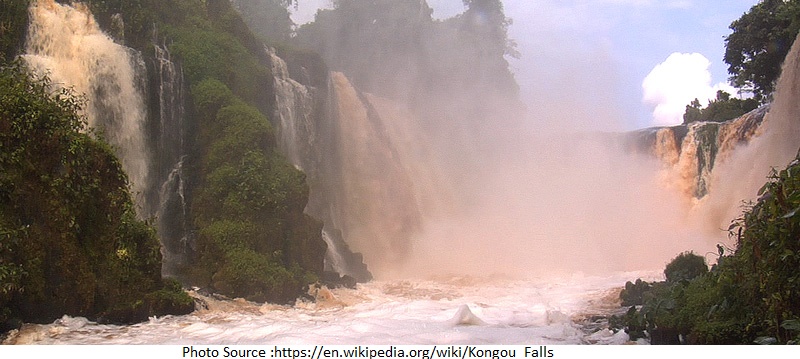
Makokou is the capital city of the Ogooué-Ivindo area and the entrance to Kongou waterfalls – Gabon’s own type of Niagara Falls. Situated inside Ivindo National Park, Kongou is certainly a must see with a 60-meter fall and huge theological significance to the locals. The village of Makokou is a bit separated but it can be accessed by air, rail, and river. Pygmies reside in the forest encompassing the village. You can use the village as a base camp and use the opportunities to interact with the local people.
12. Ivindo National Park
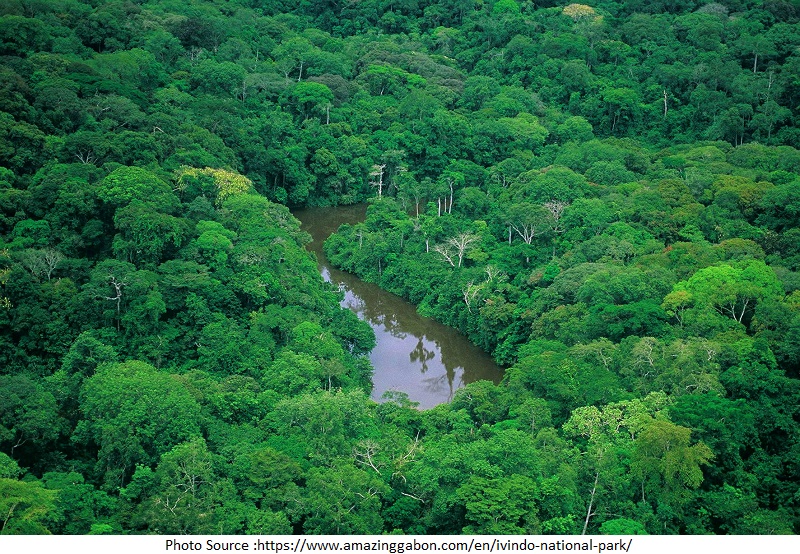
Ivindo is probably not only the most distant but also the most important of all the national parks of Central Africa. It has gained fame for the work being done here for biodiversity reservations. The river is the key feature of this region, going through the rainforest and forming an incredible series of slopes and waterfalls. There are adventure packages that will give you the chance to explore the rainforest and the falls as well as enjoy a pirogue ride and day outing on the river. Bird enthusiasts will enjoy the 430+ bird species including African grey parrots. Gorillas, chimps, colobus, mandrill, mangabeys, sitatunga, duikers, giant pangolin, bush pig, and more can be located across this 3000 square kilometer park area. Don’t forget to visit Langoué Bai. Bai is the Pygmy word for forest cleaning, and this wonderful piece of land is rich in mineral water. The elephants keep this area clean by excavating the rich saline soil. Later it draws other big mammals to dine there.
13. Fernan Vaz Lagoon
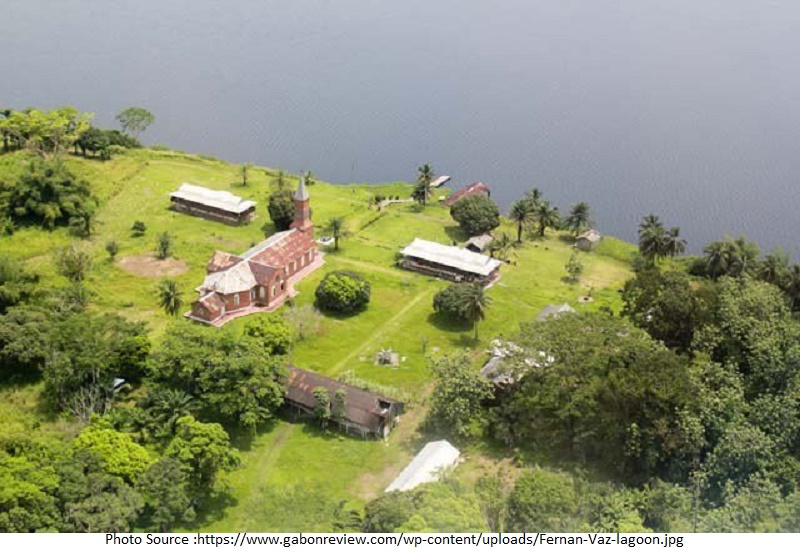
The key attraction of the Ogooué maritime is the Fernan Vaz Lagoon. Named after the Portuguese explorer who discovered it in the 15th century, the area is involved in a number of preservation efforts. On Gorilla Island, the Fernan-Vaz Gorilla Project (PGFA) conducts a safe shelter and reintroduction station. Now you can see here two gorillas that will assist you to know about the present situation of these wonderful animals. There are also eight orphaned gorillas living away from human contact. They will be introduced into the wild again. Fernan Vaz is also a bit historical. In the late 19th century, a church named the Mission Saint Anne was established. Gustav Eiffel himself designed the church which is an awesome building, worn to a wonderful and distinguishable rusty red over the years.
14. Pongara
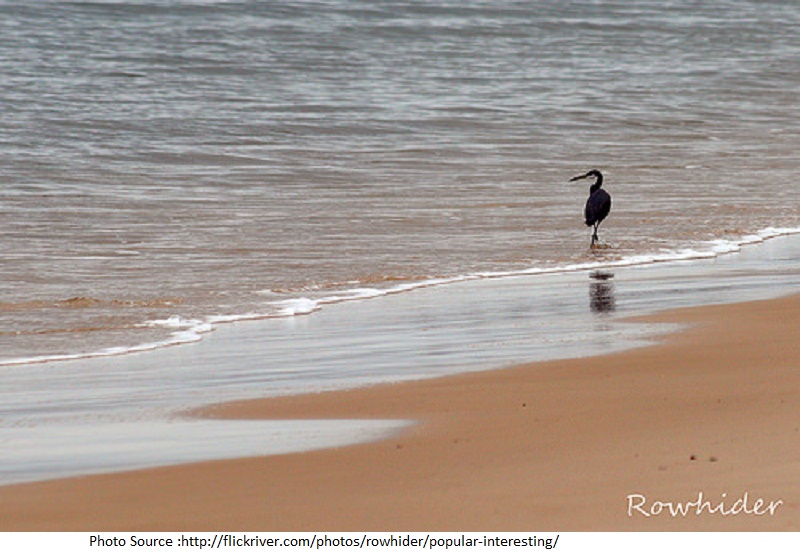
Pongara spreads over an area of about 900 square kilometers. This selected area is well known for its diverse landscape including forest, mangrove flats, beach, and savannah. It’s unbelievably accessible (for Gabon!) and home to plenty of bird species, including the rare Damara terns. The jungles are filled with monkeys, duikers, buffalo, elephants, and chimpanzees. Pongara Point, the beach area of the park where the estuary meets with the ocean, is home to threatened leatherback turtles. This is the place where they come ashore in order to lay their eggs. Going there between November and February you can join one of the educational programmes conducted by Adventures Without Borders, a group whose goal is to defend the turtles and diminish the threat caused by humans. You can also visit Chief Rapontchombo’s first burial spot and know about the myths about his second burial spot!
15. Loango National Park

The crown stone among the 13 national park system is indisputably Loango. If you want to experience one of Africa’s real safaris, you can go there. The park has wonderful lush green landscapes and stunning wildlife. You’ll find here nearly 200 kilometers of lonesome shoreline which made Loango one of the last totally desolate coastal areas. The park contains forest, lagoons, wetlands, and savannahs. In addition to the hippos, you’ll see gorillas, elephants wandering along the beach. You will also locate whales, dolphins, buffalo, and more here. This is one of the remaining places in the world where these creatures have access to the sea. In this park, there is a fishing program where you can catch and release fish like rogue, barracuda and even sharks. Most people believe Loango to be the topmost safari destination on planet Earth.
16. Lopé National Park
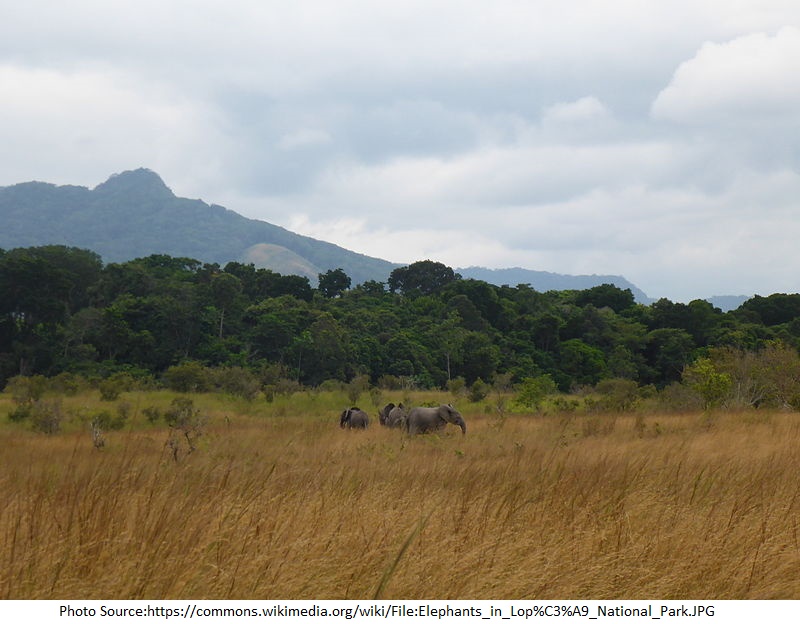
Lopé National Park is situated in
central Gabon. The upper area of this park contains remaining patches of the
grass savannas which were created during the last Ice Age i.e. nearly 15,000
years ago in Central Africa. The wonderful Ogooué River flows through the
northern territory of this park. You’ll get a wonderful chance to see lovely
trees dangling down the river’s edge. Also, Lopé National Park houses huge
varieties of birds and about 63 species of mammals. Don’t forget to locate
mandrill, black colobus, sun-tailed guenon, yellow-backed duiker, sitatunga,
and many other unparalleled and native wild animals. You’ll also enjoy the
views of endangered birds, such as great blue turaco, black guinea fowl,
crowned hawk eagle, emerald cuckoo, and rosy bee-eater.

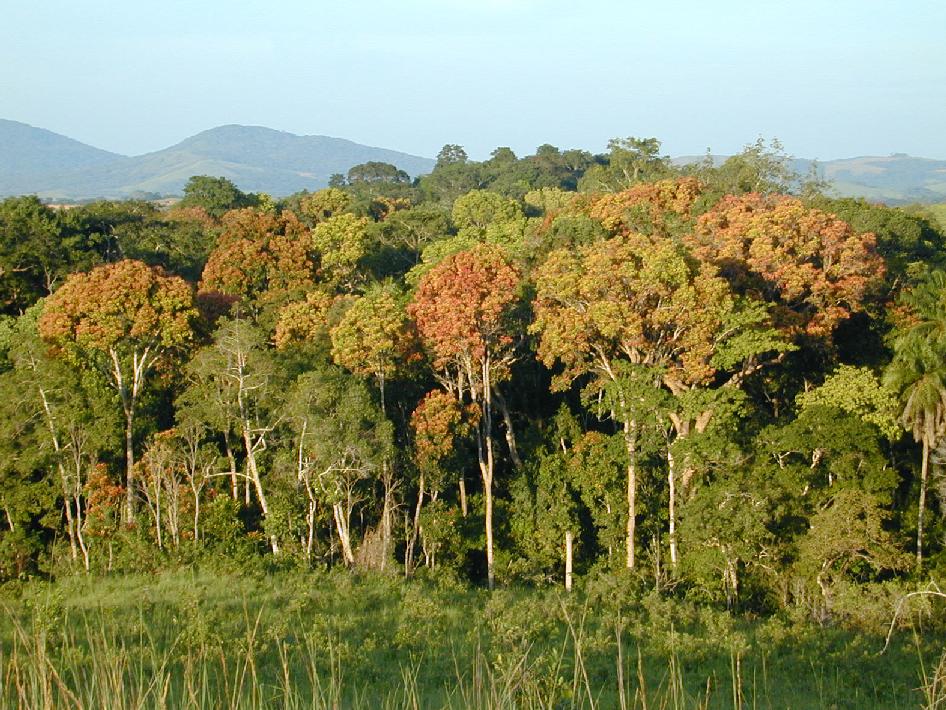
A very good collection of tourist places. I have bookmarked this page, and I will follow this blog at the time of my Gabon tour.
Thanks.
Avnish Gautam says
Good Collections
I like it .Good luck for you
Gabon is such a wonderful country with loads of tourist attractions.
Hey very nice blog!